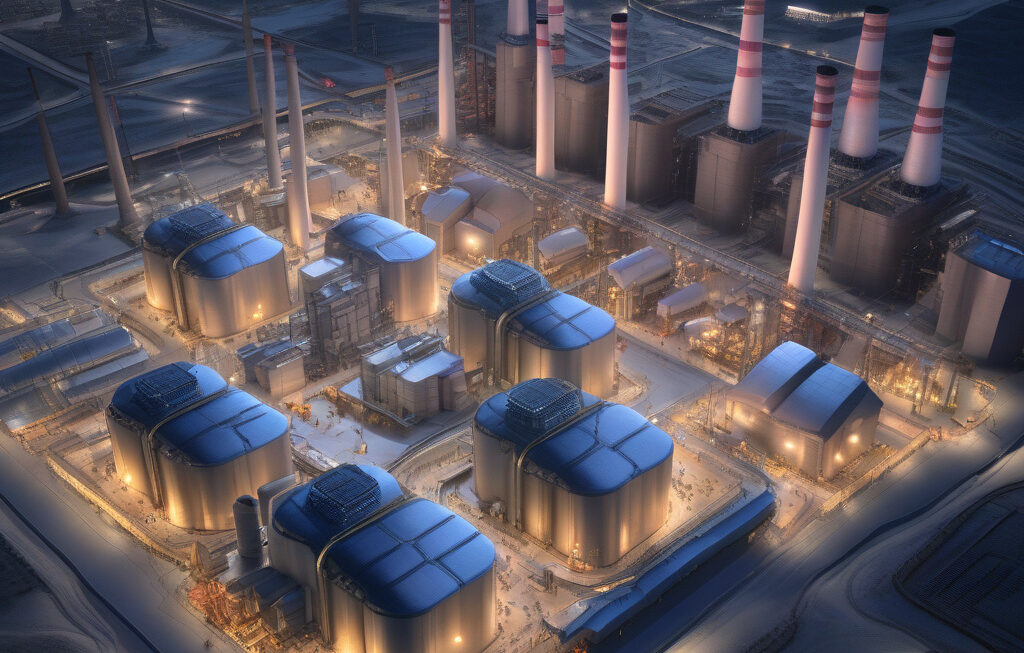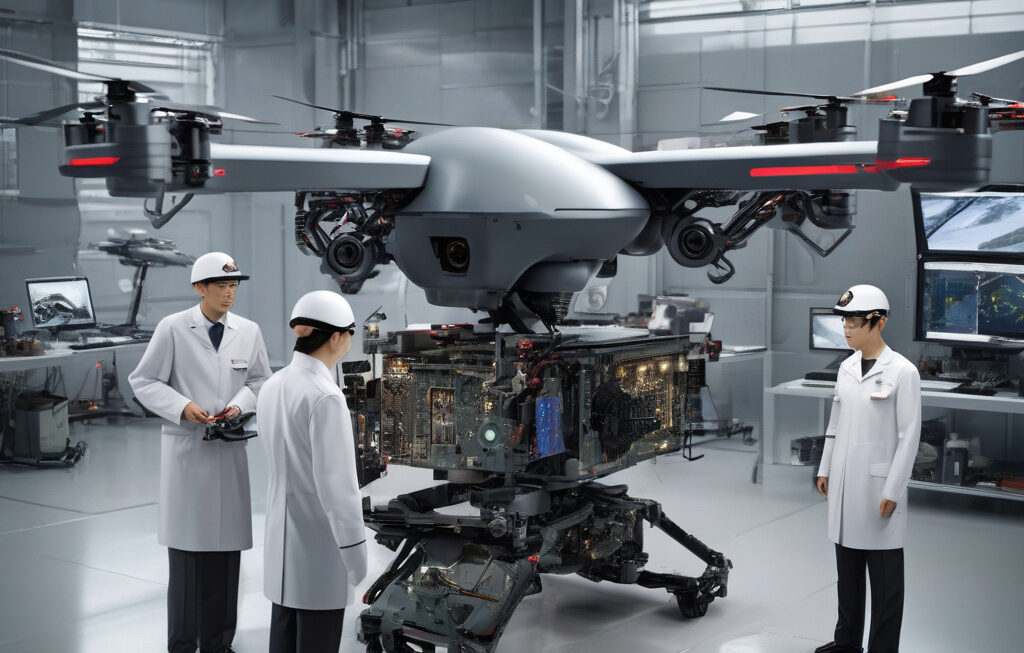Unlocking nuclear fusion at ITER: World’s largest reactor uses AI to boost efficiency
In the southeastern region of France, a team of 2,000 physicists, scientists, and workers are tirelessly working on a groundbreaking project that could revolutionize the world’s energy landscape: ITER, the International Thermonuclear Experimental Reactor. This ambitious project aims to demonstrate the feasibility of nuclear fusion as a large-scale and carbon-free source of energy.
At the heart of ITER is the quest to replicate the fusion process that powers the sun and stars here on Earth. Unlike nuclear fission, which is currently used in nuclear power plants and involves splitting atoms, nuclear fusion involves combining light atomic nuclei to release vast amounts of energy. If successful, nuclear fusion could provide a nearly limitless and clean energy source with significantly less environmental impact than fossil fuels.
One of the key challenges in achieving nuclear fusion is controlling the incredibly high temperatures and pressures required to initiate and sustain the fusion reaction. This is where artificial intelligence (AI) comes into play at ITER. By harnessing the power of AI and machine learning, scientists and engineers are able to optimize and control the complex fusion reactions with unprecedented precision.
AI algorithms analyze vast amounts of data in real-time to make split-second adjustments to the reactor’s magnetic and heating systems, maximizing efficiency and performance. This level of automation and control is essential for maintaining the delicate balance of the fusion reaction and ensuring the safety and stability of the reactor.
Furthermore, AI enables predictive modeling and simulations that help researchers anticipate and mitigate potential disruptions or instabilities in the fusion process. By continuously learning and adapting to changing conditions, AI systems at ITER are pushing the boundaries of what is possible in the field of nuclear fusion.
In addition to the technological advancements driven by AI, ITER is also a testament to international collaboration and scientific diplomacy. The project brings together 35 countries, including the European Union, the United States, China, Russia, India, Japan, and South Korea, in a shared effort to unlock the potential of nuclear fusion.
As ITER moves closer to achieving its goal of producing the first plasma in 2025 and reaching full fusion power by the late 2030s, the implications of its success are profound. Not only could nuclear fusion provide a sustainable and virtually limitless source of energy, but it could also pave the way for new innovations in space exploration, medicine, and materials science.
The journey to unlocking nuclear fusion at ITER is not without its challenges and uncertainties, but the potential rewards are too great to ignore. By combining the power of human ingenuity with cutting-edge technologies like AI, ITER is at the forefront of a new era in clean and abundant energy production.
#ITER #NuclearFusion #AI #CleanEnergy #FutureEnergyRevolution












